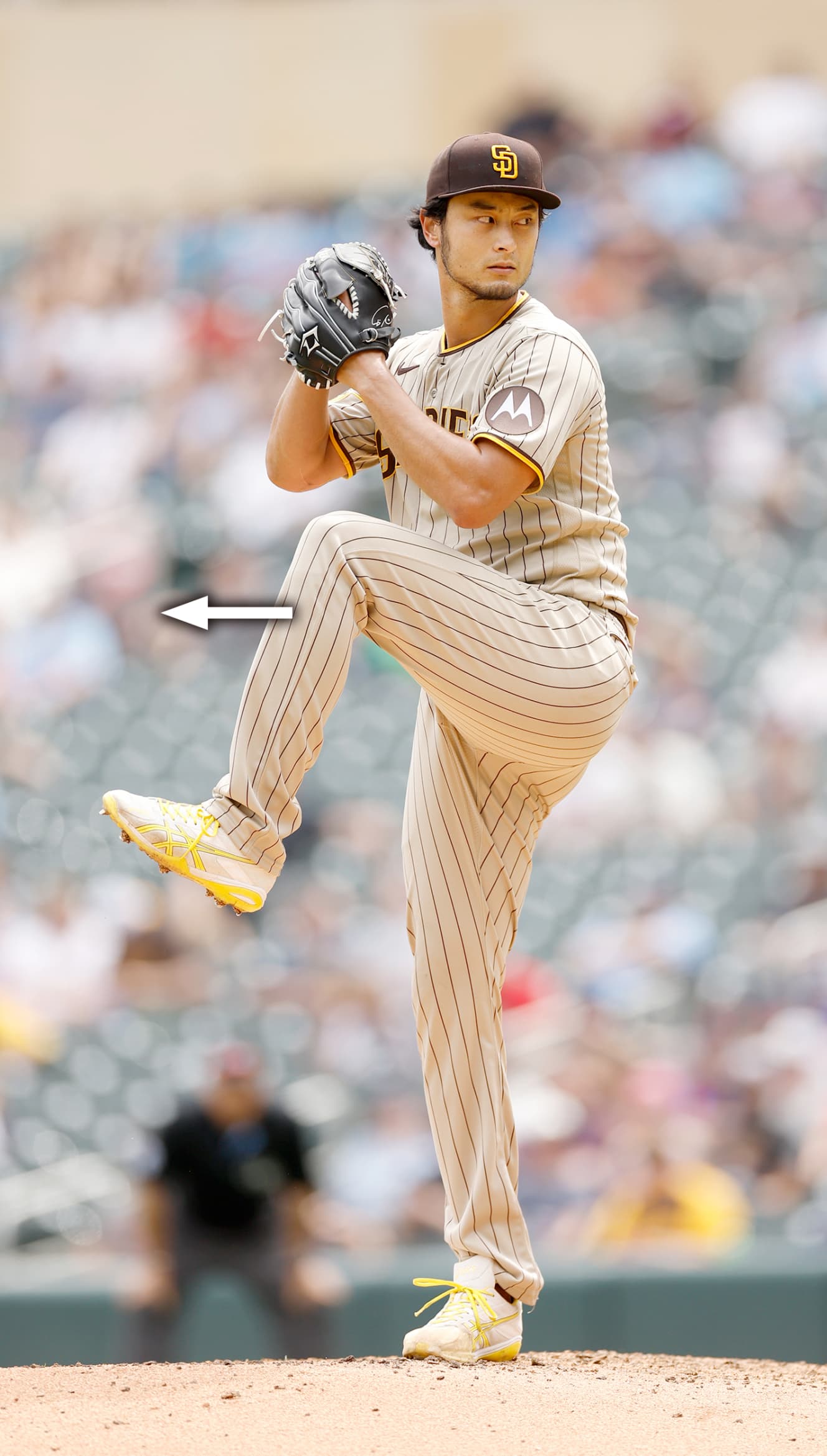Yu Darvish, Padres, 200 Wins in Japan and the U.S. by “Tornado Pitching Method by Trial and Error”!
The 37-year-old continues to evolve in his 13th season in the Majors, the longest of any Japanese pitcher.
Everything was good in the beginning, but I felt a little off in the middle of the inning.”
While pitching well, allowing five hits, one run, and striking out seven over the course of six innings, the veteran pitcher was very serious about his pitches.





The Padres’ Yu Darvish (37), who started the season opener against the Giants at Petco Park on March 29 (Japan Standard Time). He entered his 13th season in the Majors, the longest of any Japanese pitcher. Although he did not win his home opener, he is just four wins away from the 200-win mark with 196 wins in Japan and the U.S. (as of April 1).
Darvish, who was a young pitcher in his younger days, used to pitch with a lot of power and his pitches were rough, but since entering his 30s, he has been throwing with a lot of trial and error and thinking about his pitches. He is stoically pursuing a rational pitching style.
This is how Takashi Kawamura, an expert in motion analysis and associate professor at the University of Tsukuba’s College of Physical Education, describes Darvish. Let’s listen to Kawamura’s commentary while looking at a series of photographs of Darvish’s pitches.
The characteristic feature of (1) is that the left leg is pointing toward the second base side. (This is a tornado pitching style similar to that of Hideo Nomo (who played for the Dodgers and other teams), and it creates a twist in the lower back.
The rationality of Darvish’s pitching is symbolized by (2).
He said, “Due to the twist of the tornado pitching technique, his upper body remains at second base. Normally, the left elbow would be more toward home base, but Darvish’s is near the bottom of his face. The same can be said for the lower body. Where his right knee could be inside his hip joint, Darvish’s legs are open in a beautiful “C” shape. By twisting his body, he is building up strength throughout his body. The right foot on the plate does not float, but firmly steps on the mound, which allows for rational movement.
From (3) to (4), we can see that the accumulated force is well utilized.
The diagonal crease in the belly of the uniform shows that the hips are rotated significantly. His chest is outstretched and his right arm is swinging down from directly above. His torso is rotating from side to side and vertically, and power is being smoothly transferred from his hips to his shoulders to his arms to the ball.”
Darvish’s finishing move (5) also shows his greatness.
Most major league pitchers rely on their strength, so their stance collapses toward the first base side due to excessive momentum. Darvish steps firmly on the mound with his left foot and does not collapse at all. I think this is proof that his form is stable.
It is no wonder that Darvish is admired by the younger members of the “Samurai Japan” team.
Pitchers who are called geniuses pitch with talent and feel, so it is difficult for them to put their strengths into words,” he said. Darvish corrects his form while thinking. He is able to explain the process that led him to where he is today in an easy-to-understand way, so he is a good role model for younger pitchers. Darvish, who is constantly evolving, should be able to play an active role even after he turns 40, and there is a possibility that he will win more than 15 games and win the most games.
Darvish is still growing at the age of 37, with a cool, inquiring mind.
From the April 19, 2024 issue of FRIDAY
PHOTO: Taguchi Yuji